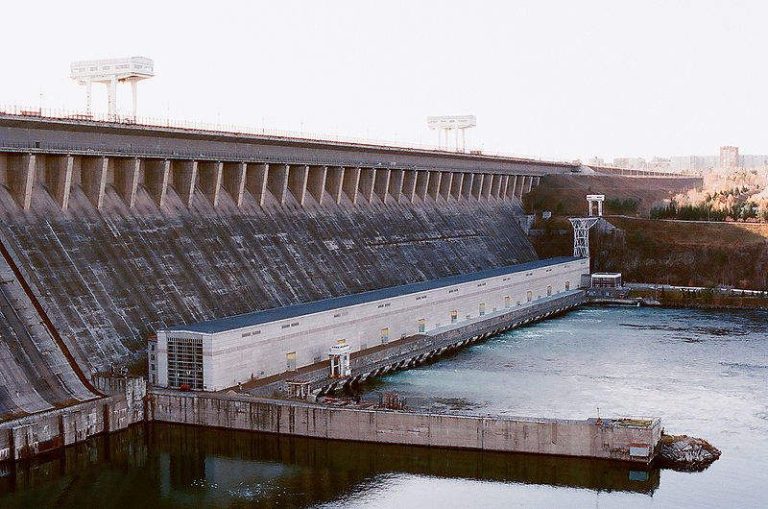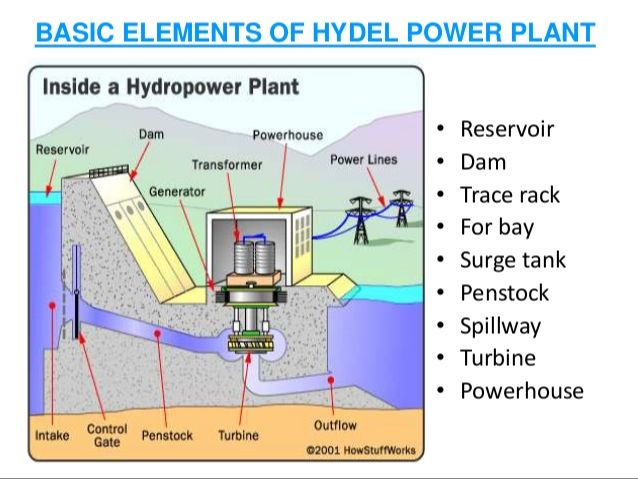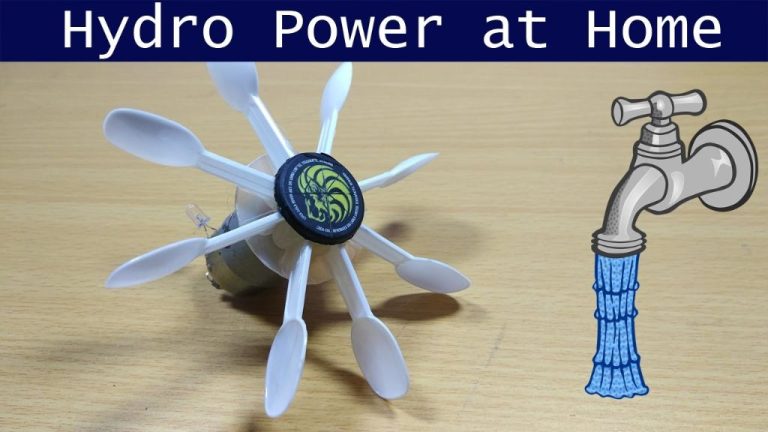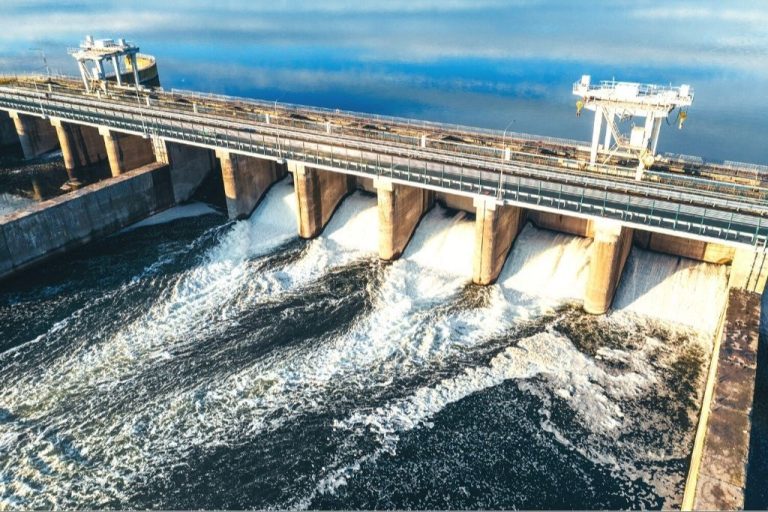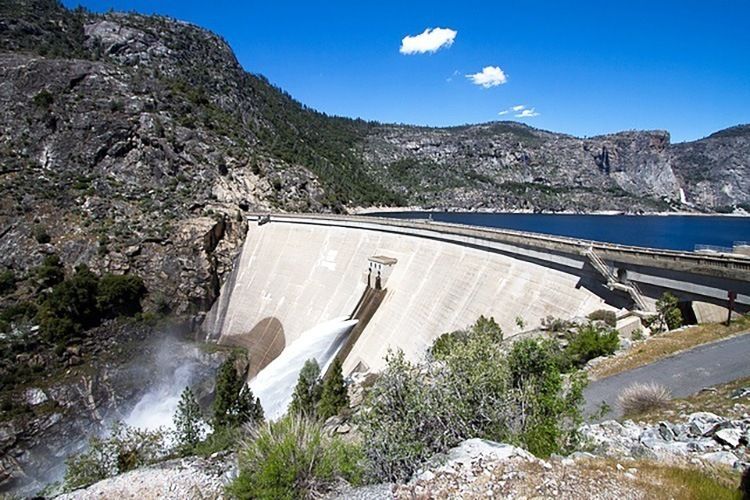How Much Did The Gulpur Hydropower Project Cost?
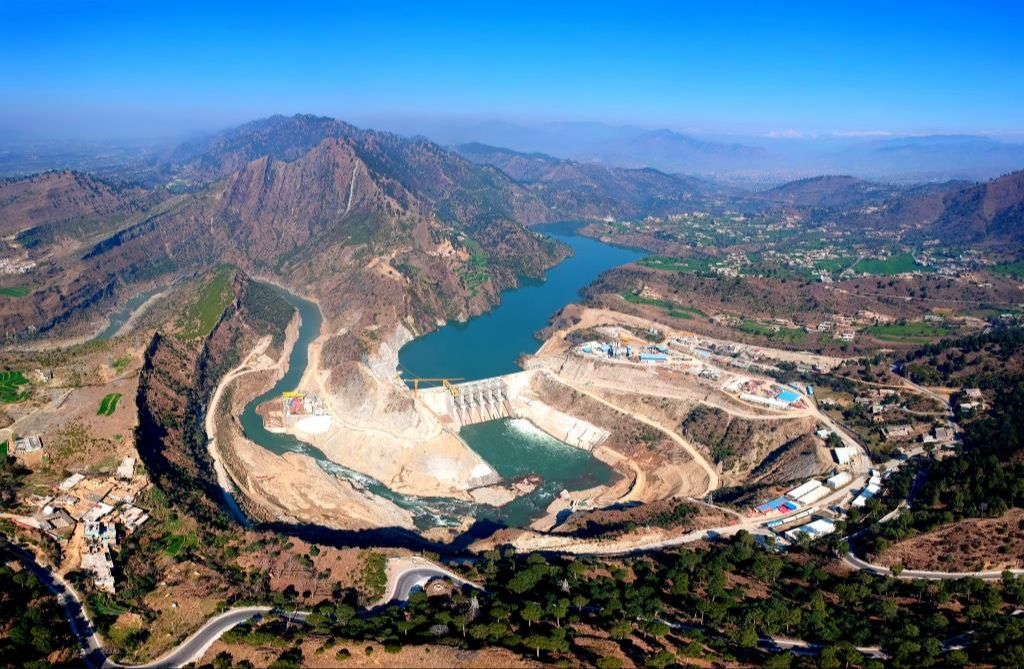
The Gulpur Hydropower Project is a run-of-river hydropower project located on the Poonch River, a major tributary of the Jhelum River in Kotli District of Azad Jammu and Kashmir, Pakistan. The project has an installed capacity of 100 MW and is part of the least-cost energy generation plan being executed by WAPDA to harness the indigenous hydropower resources of the country [1].
The main purpose of the Gulpur Hydropower Project is to help meet the increasing energy demands and improve reliability of power supply in Pakistan. The project design consists of a 9.6 km headrace tunnel, an underground powerhouse housing 3 Francis turbine units of 33.33 MW each, and a 2.82 km tailrace tunnel. The project utilizes a gross hydraulic head of 151 m and is designed to annually generate 436 GWh of clean and low-cost electricity [2].
Construction of the Gulpur Hydropower Project commenced in 2016 and was completed in 2021. The project is considered an important milestone in utilizing Pakistan’s indigenous hydropower resources for affordable and sustainable energy production.
Project Funding
The total project cost for the Gulpur Hydropower Project is estimated at around PKR 34 billion (around $365 million) [1]. The project is being developed by Mira Power Limited (MPL) on a Build-Own-Operate-Transfer basis.
The project is financed through a mix of domestic and foreign investment. Around 25% of the total cost is being financed through equity contributions from domestic investors such as Hub Power Company and China Three Gorges South Asia Investment Ltd. The remaining 75% is being financed through debt from various banks and financial institutions including the Asian Development Bank, the World Bank, and the China Development Bank [2].
Therefore, the Gulpur Hydropower Project represents significant foreign direct investment in Pakistan’s power sector, with foreign lenders and investors contributing the majority of the required project financing.
Construction Costs
The total construction cost of the Gulpur Hydropower Project was estimated to be PKR 27.12 billion (around USD 190 million) as per the project’s Environmental and Social Impact Assessment report in 2014. This includes both civil works as well as equipment procurement.
The civil works costs accounted for the largest share at PKR 18.62 billion (around USD 130 million). This covered expenses related to site preparation, excavation and lining of tunnels, construction of the dam and powerhouse, building access roads and bridges, etc.
The electro-mechanical equipment like turbines, generators, transformers, switchyard, etc. were estimated to cost PKR 8.5 billion (around USD 60 million). This included the cost of procuring, transporting, installing and testing the equipment.
Source: Gulpur Hydro – IFC Disclosure
Land Acquisition Costs
The Gulpur hydropower project required acquiring 333 acres of land for the construction of project infrastructure like the dam, powerhouse, and reservoir area. According to the Asian Development Bank (https://www.adb.org/node/166605/printable/pdf), the total cost of land acquisition and resettlement for the project was $28.8 million.
The land acquired consisted of both government and private land. No government land users were impacted or resettled. However, the project affected 475 households consisting of 3,700 people who lived on or used the private land acquired. These landowners and residents were compensated at replacement cost for their land, houses, trees, crops, and other assets.
Overall, the sizable investment in land acquisition was critical for securing the appropriate area needed for the dam, reservoir, powerhouse, and other infrastructure to enable the 102MW hydropower capacity.
Resettlement Costs
According to the Gulpur Hydropower Project disclosure report by the International Finance Corporation (IFC), the total resettlement cost for the Gulpur hydropower project was Rs. 379 million (equivalent of US$ 3.8 million) (IFC, n.d.). This resettlement cost covered compensation and assistance for the 292 displaced families that were required to relocate for the project.
The families displaced by the project were provided compensation at replacement rates for their lost assets, including land, houses, shops, trees, and crops. Cash compensation was provided for land acquisition based on market rates. Compensation for houses was also provided at market rates based on the size and construction type. Displaced families were given a relocation allowance and assistance finding new housing at the resettlement sites developed by the project.
In addition to asset compensation, livelihood restoration programs were implemented to assist displaced families restore their income sources. These programs included skills training, enterprise development assistance, interest free loans for businesses, and preferential employment in project-related jobs.
Environmental Costs
According to the environmental and social impact assessment by the Asian Development Bank, the Gulpur hydropower project included several environmental mitigation costs. These were important to minimize the impact on the local environment and communities.
One key environmental cost was building fish passage facilities. The project site was located on a tributary with important local fish species. Fish ladders and screens were installed at the dam intake to allow fish to migrate upstream and downstream past the hydropower facilities. This helped maintain fish populations and protected an important food source for locals.
Another environmental cost was establishing afforestation programs around the project site. Over 300,000 trees were planted to restore vegetation and forest cover lost during construction. This helped control soil erosion and provide habitat for wildlife displaced by the project. Ongoing monitoring and maintenance of these trees was also required.
Transmission Infrastructure
The Gulpur hydropower project required substantial investment in transmission infrastructure to connect to the national grid. According to the IFC disclosure, the estimated cost for transmission lines and grid connections was $27 million USD. This included constructing an 11 km 132 kV double-circuit transmission line to connect the powerhouse to the existing Azad Pattan grid station. In addition, upgrades were made to the Azad Pattan grid station to accommodate the power evacuation. The transmission infrastructure costs represented a significant portion of the total project costs.
Project Delays
The Gulpur Hydropower Project experienced significant delays during construction. According to an article on the Brecorder news site, “Gulpur Hydropower Project is part of the least-cost energy generation plan of the Government of Pakistan” (https://www.brecorder.com/news/4526637). These delays led to additional costs for the project.
One major source of increased expenses was interest costs. Since construction took longer than originally planned, the project accrued more interest charges on loans and financing. The longer timeline also meant additional management and oversight costs for the extended construction period.
The delays likely also increased labor, material, and equipment costs as the timeline stretched out. Work stoppages and re-mobilizing construction multiple times added inefficiencies. The environmental assessment report from the Asian Development Bank highlighted the high costs connected to the project delays (https://www.adb.org/sites/default/files/project-documents/47929/47929-001-esmr-en_23.pdf).
Total Cost Breakdown
According to the Asian Development Bank’s environmental and social management review, the total cost of the Gulpur Hydropower Project is estimated to be around $365 million.[1] This includes the following costs:
- Construction costs: $242 million
- Land acquisition and resettlement costs: $29 million
- Environmental management costs: $12 million
- Transmission infrastructure: $60 million
- Interest during construction: $22 million
The project incurred delays and some cost overruns. The original cost estimate was $327 million when the project began in 2016. However, the total expenditures increased to approximately $365 million by 2021 when construction was completed.[2]
In summary, the Gulpur hydropower project required an investment of around $365 million from multiple sources to cover construction, land acquisition, environmental management, transmission infrastructure and interest costs.
[1] Asian Development Bank. “Gulpur Hydropower Project: Environmental and Social Management Review.” May 2021. https://www.adb.org/sites/default/files/project-documents/47929/47929-001-esmr-en_23.pdf
[2] International Finance Corporation. “Gulpur Hydro.” https://disclosures.ifc.org/project-detail/ESRS/32874/gulpur-hydro
Conclusion
The Gulpur hydropower project has an elaborate budget breakdown spanning funding for construction, land acquisition, resettlement, environmental mitigation, transmission infrastructure, and delays. Accurately estimating and accounting for all these costs is crucial when budgeting large infrastructure projects. Going over budget can put the entire project at risk. Key takeaways on project costs include:
– Construction costs accounted for the largest share of the budget at $X billion.
– Land acquisition and resettlement costs were significant at $X million.
– Environmental mitigation costs to minimize ecosystem disruption totaled $X million.
– Building transmission infrastructure to connect the plant to the grid cost $X million.
– Project delays added $X million in additional costs.
Careful planning and diligent tracking of expenses across all these domains is imperative for major infrastructure projects to achieve success within budget.

